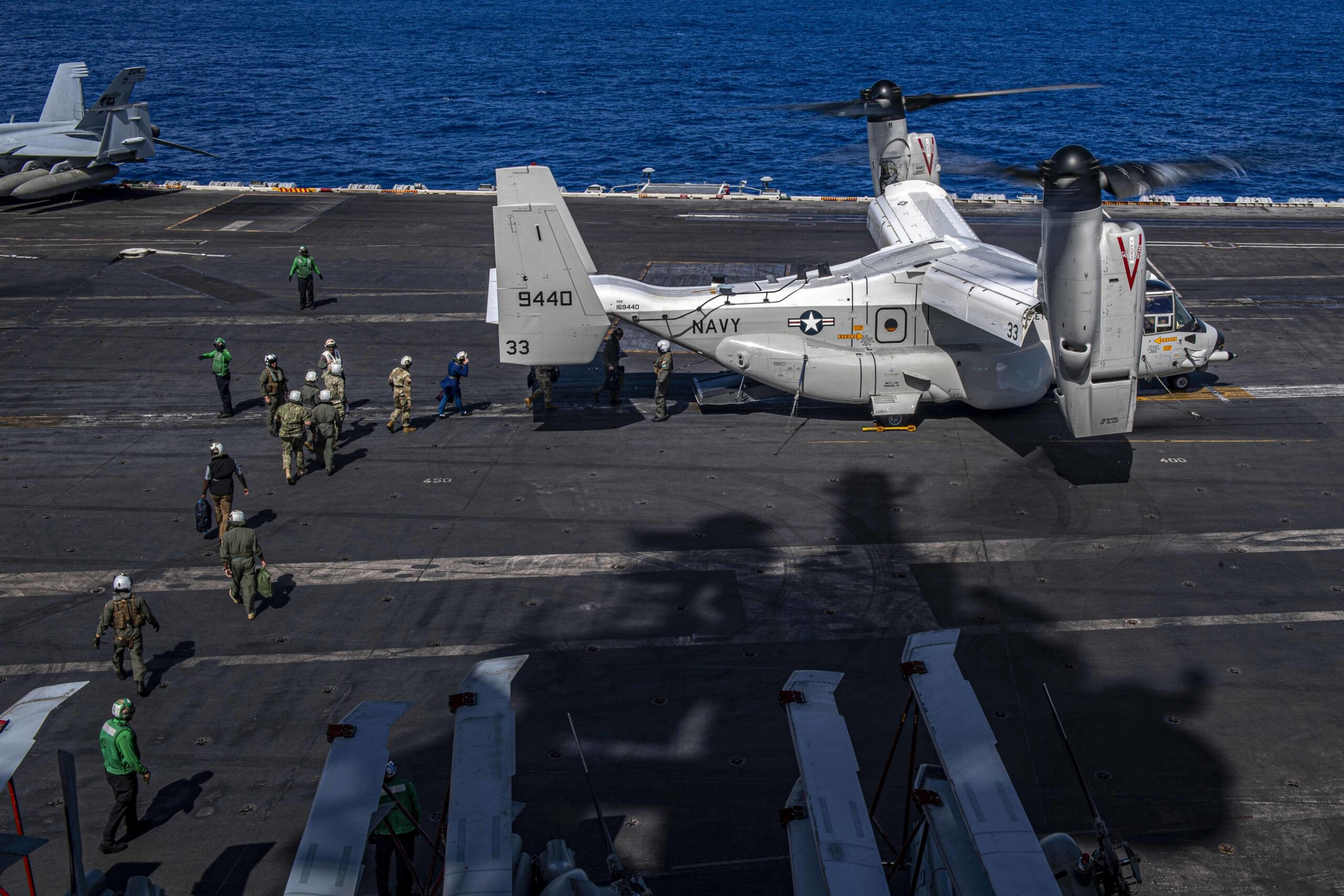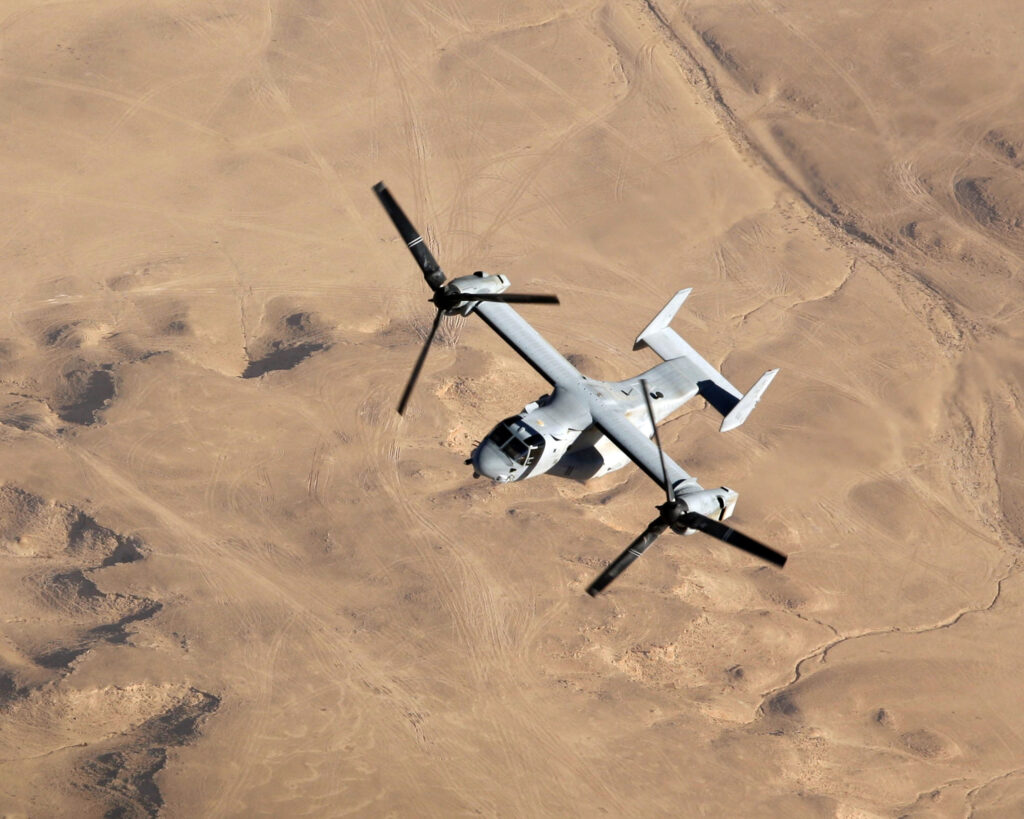The US Department of Defense has awarded Bell Boeing’s Joint Program Office a contract to provide CMV-22B Osprey tiltrotor aircraft for the navy.
The $590-million contract stipulates the production and delivery of five systems for the service, with the primary work to be facilitated in Fort Worth, Texas.
This project will be coordinated with the Naval Air Systems Command in Patuxent River, Maryland, and is expected to be completed by January 2028.
Currently, the US Navy plans to procure up to 44 CMV-22Bs for its arsenal. The parent contract to adopt and expand the fleet was awarded in 2016, which comes to a combined amount of approximately $6.2 billion.
Prior to the latest order, the Pentagon signed a $482-million deal in 2023 for four additional Ospreys under the program.


The CMV-22B Osprey Aircraft
The US Navy’s Osprey is designed to replace the force’s Northrop Grumman C-2A Greyhound logistics aircraft that was introduced in the 1960s.
Most Ospreys are assigned to move equipment, personnel, and supplies in sea and shore-based missions as well as expeditionary tasks.
An Osprey measures 57 feet (17 meters) long and has a wingspan of 83 feet (25 meters). It has a payload capacity of 6,000 pounds (2,722 kilograms) and can carry up to 24 passengers.
The aircraft is fitted with twin Rolls-Royce Liberty AE1107C engines with 6,200 horsepower each for speeds of 280 knots (322 miles/519 kilometers per hour), a service ceiling of 25,000 feet (7,620 meters), and a range of 1,165 nautical miles (1,340 miles/2,157 kilometers).
Recent Updates
In December 2023, DARPA launched a program to develop a vertical takeoff and landing or VTOL platform that offers more speed than the Osprey.
A year later, the US Navy inaugurated a wide-scale maintenance initiative to prolong the Osprey’s service life, partly in response to multiple flight challenges that the fleet had faced in recent years.
The navy then temporarily replaced the Osprey fleet with its predecessor, the Greyhound, to fill gaps as the military addressed concerns with the aircraft.


